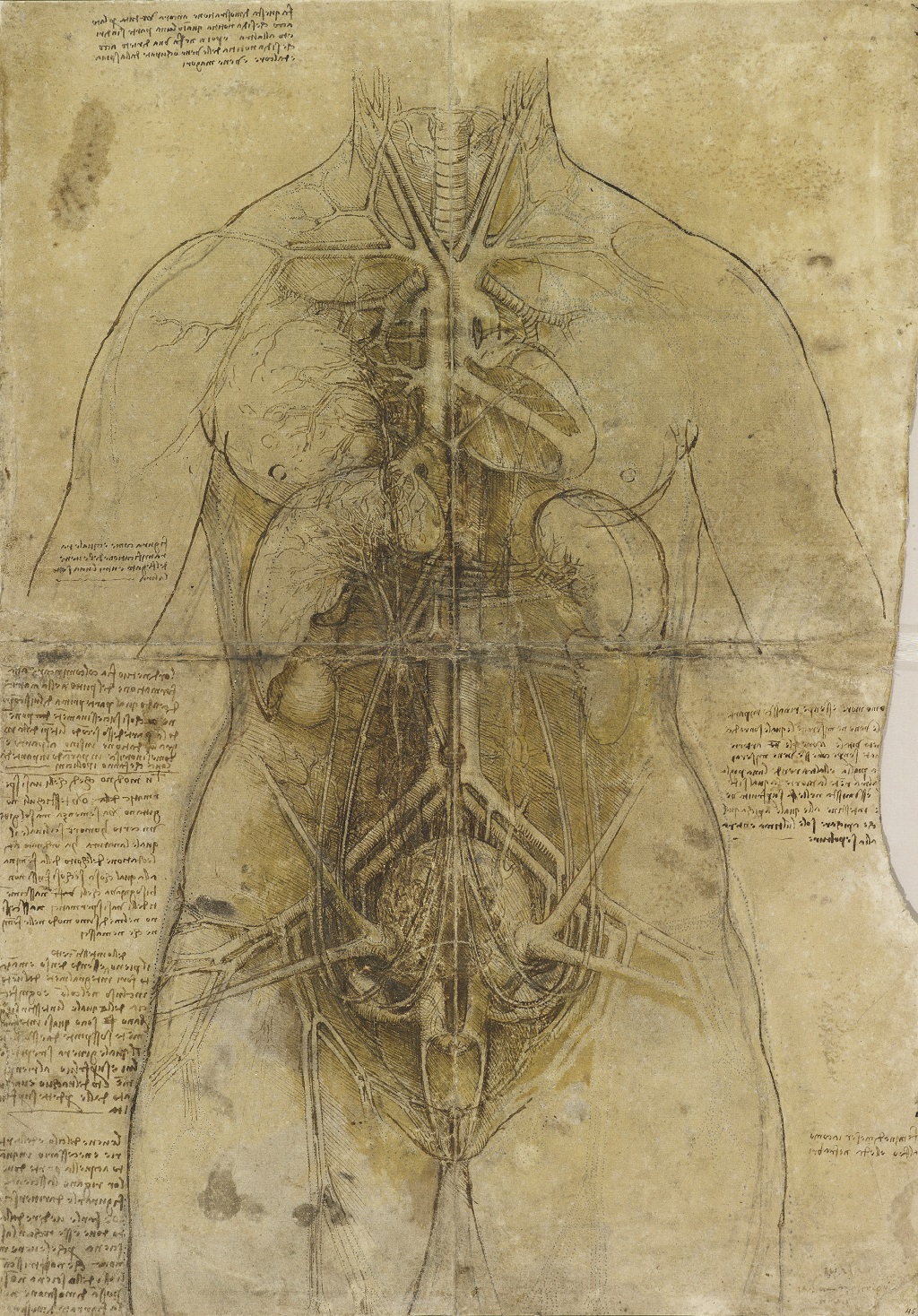
No need to crack the Da Vinci code to see his art
The largest-ever display of Leonardo da Vinci works in Scotland opens at The Queen’s Gallery, Palace of Holyroodhouse tomorrow (Thursday).
Leonardo da Vinci: A Life in Drawing marks the 500th anniversary of the artist’s death and includes 80 of the Renaissance master’s greatest drawings, selected entirely from the unrivalled holdings of the Royal Collection.
In the breadth of his interests, Leonardo da Vinci was the archetypal ‘Renaissance man’, and his work is characterised by a multitude of artistic and scientific pursuits that cross-fertilised each other over many years. The exhibition explores the full range of the artist’s interests, providing a comprehensive survey of Leonardo’s life and a unique insight into the workings of his mind.
Leonardo was revered in his day as a painter, but he completed only around 20 paintings. He was respected as a sculptor and architect, but no sculpture or buildings by him survive. He was a military and civil engineer, but his schemes were never realised.
As an anatomist, he dissected 30 human corpses, but his ground-breaking anatomical work was never published. He planned treatises on painting, water, mechanics, the growth of plants and many other subjects, but none was ever finished. As so much of his life’s work was unrealised or destroyed, Leonardo’s greatest achievements survive only in his drawings and notes.
Each thematic grouping in the exhibition contains examples of the artist’s finest drawings. A number of Leonardo’s preparatory studies for paintings are on display, including a study for The Madonna and Child with St Anne and a lamb (c.1508–19), and four of the six surviving preparatory studies for the Last Supper (c.1495–8).
One of these is the sole compositional study that exists for the painting, fluidly sketched by Leonardo on a sheet of paper covered with other drawings, and on display in Scotland for the first time.
Key anatomical studies include The skull sectioned (1489), The fetus in the womb (c.1511) and The cardiovascular system and principal organs of a woman (c.1509–10), on which Leonardo’s inky thumbprint can be seen.

Leonardo da Vinci, The cardiovascular system and principal organs of a woman, c.1509-10 (Photo: Royal Collection Trust / Her Majesty Queen Elizabeth II)
The natural world is explored by Leonardo through detailed landscapes, studies of water and in numerous botanical studies, the finest of which were developed in preparation for the now lost painting Leda and the Swan. Drawings of horses abound throughout Leonardo’s work, including studies for three equestrian monuments that were never realised.
Among the highlights of the exhibition are the only two surviving likenesses of Leonardo made during the artist’s lifetime. One is the well-known formal portrait of the artist, drawn by his pupil Francesco Melzi (A portrait of Leonardo, c.1515–18).
The second, A sketch of Leonardo (c.1517–18), was made by another assistant shortly before the master’s death in 1519. The sketch of an old man, whose identity was previously not known with any certainty, was identified as a depiction of Leonardo during research for the exhibition.
The exhibition in Edinburgh is the culmination of a year-long nationwide event, which has given the widest-ever UK audience the opportunity to see the work of this unparalleled artist.
In February 2019, 144 of Leonardo’s drawings from the Royal Collection went on display in 12 simultaneous exhibitions at museums and galleries across the UK, attracting more than one million visitors in three months. In May 2019, the drawings were brought together at The Queen’s Gallery, Buckingham Palace to form the largest exhibition of Leonardo’s work in over 65 years. The exhibition in London attracted the highest number of visitors per day in the almost 60-year history of The Queen’s Galleries.
Martin Clayton, Head of Prints and Drawings, Royal Collection Trust, said: ‘The drawings of Leonardo da Vinci are both incredibly beautiful and the main source of our knowledge of the artist. As our year-long celebration of Leonardo’s life draws to a close with the largest exhibition of his work ever shown in Scotland, we hope that as many people as possible will take this unique opportunity to see these extraordinary works, and engage with one of the greatest minds in history.’
Leonardo da Vinci: A Life in Drawing is at The Queen’s Gallery, Palace of Holyroodhouse, 22 November 2019 – 15 March 2020.
Leonardo da Vinci: A Life in Drawing by Martin Clayton is published by Royal Collection Trust, £14.95 in paperback, £19.95 in hardback from Royal Collection Trust shops and www.rct.uk/shop.
TAGS

